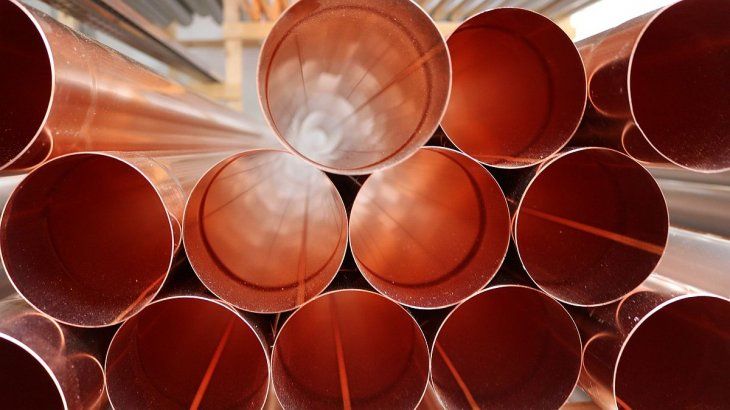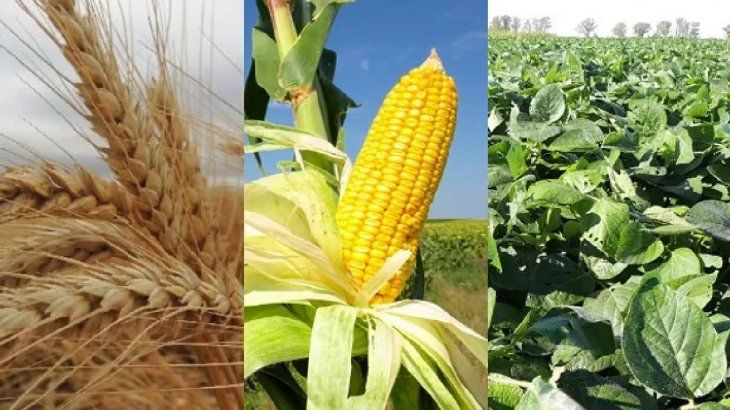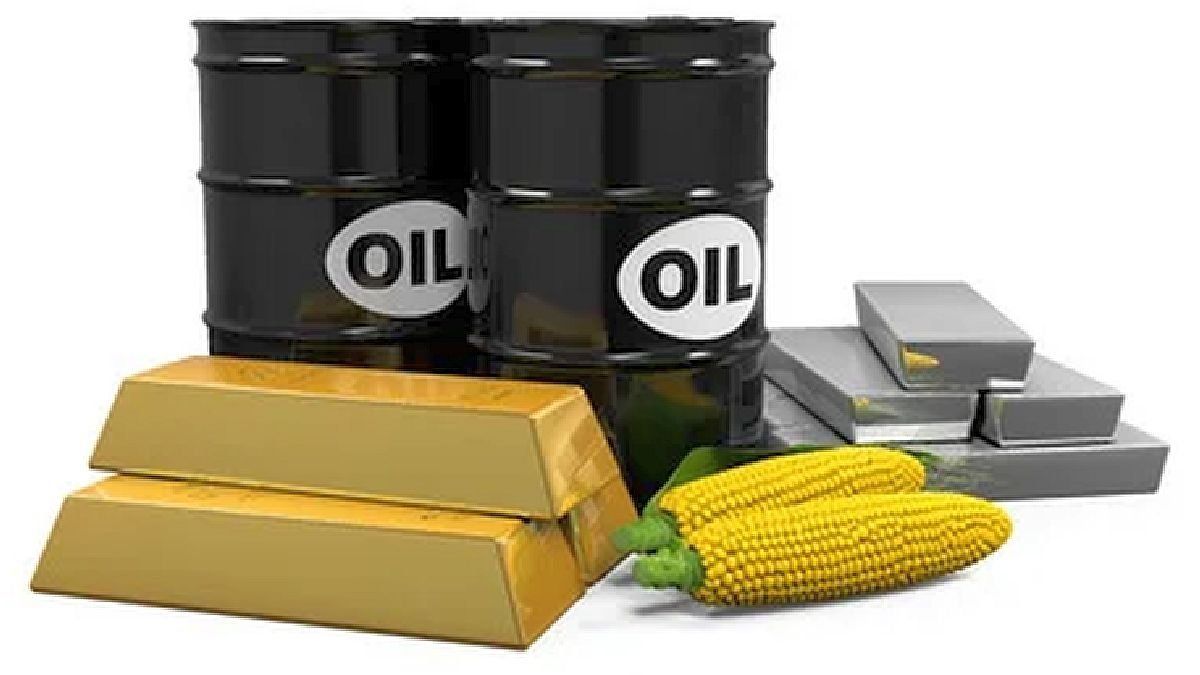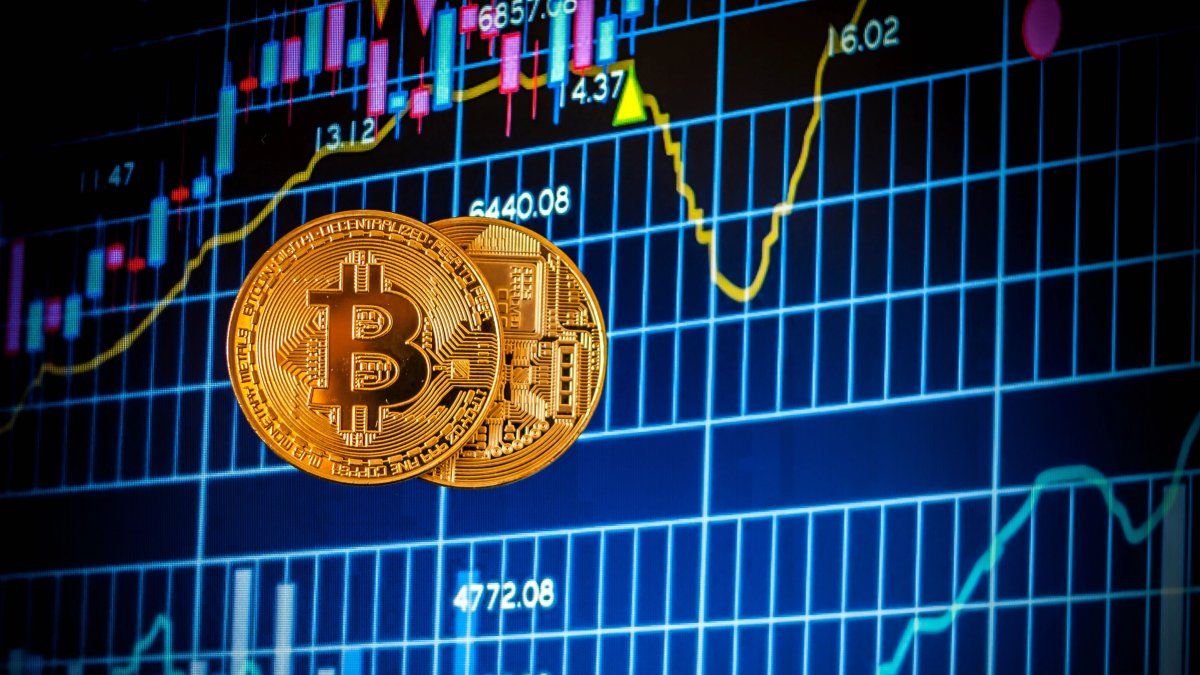Alexander Reyes, BBVA’s chief economist in Colombia, assured that the volatility in the markets began before the Russian invasion. “In the pandemic, economies were treated like patients and we were not able to turn on production with the recovery of demand, in particular, the demand for fossil fuels, which had a record speed of recovery, although the market was already showing signs of being tight. That is why the price of oil rose, in addition to the fact that the producing countries did not want to be aware of this situation,” detailed the expert. Today the barrel of Brent is trading for US$104 and WTI for US$102, but they came close to US$130.
“What happened to gas in Europe is fundamental, because it is a highly desired product due to its low level of contamination. In this case, the price rose due to the low amount of inventories”Reyes added during a virtual conversation convened by AmCham, the US Chamber of Commerce.
Oil price brent crude barrel.jpg
For the Colombian, the days of fossil fuels are numbered, but the energy transition is not advancing as expected. “They are a necessary evil, they will continue to be present in the global energy matrix as a backup source, and backup, today more than 67% is fossil. They are a primary energy source and their price will continue to rise”he ventured.
The World Bank forecasts that the increase in energy prices will exceed 50% -the largest since the oil crisis of 1973-; while in the case of agricultural products and metals a rise of 20% is expected. In all three cases, the entity’s expectation is that the values moderate in 2023 and 2024.
The Peruvian economist Hugo Vega certified that copper is a thermometer of global activity, because it is associated with the growth of economies, with China as a main player. “With Covid, demand fell and then with the recovery it reached the current price (around US$10,000 per ton), although a faster economic recovery was expected, which affected the global outlook. In particular due to the growth perspective of China, it was difficult for China due to the resurgence of infections”, Vega assessed.
The BBVA Peru analyst recalled that Chile has a quarter of the world’s supply of copper and that his country has 10%: together they have 35% globally. “With Covid-19, very harsh restrictions were placed in these countries and once they began to be lifted, social conflicts came and generated doubts about the viability of new projects, which are the ones that support the price in the medium and long term. . Today it has it because there is reluctance from the two governments to give support to mining and because of possible restrictions later on”Vega warned.
copper.jpg

In the coming weeks, copper could break all-time records.
pixabay
Juan Manuel ManiasPrincipal Economist BBVA Research Argentina, affirmed that the package of agricultural commodities already came with adjusted prices before the Russian war. “There was a stock for affordable consumption in 2013. Corn was around six seasons ago and wheat was also low on stock. With the arrival of the war the whole package reacted upwards. Now there is uncertainty, which gives a prize to the price, with a war that was generated in the area Core of world wheat, because Russia and Ukraine have 30% of the wheat and 15% of the corn. This is how the price increase is understood, and the uncertainty will be for later “Held.
But according to Manias, this panorama was made more complex by logistical problems in the shipment of wheat and corn from the Black Sea. “75% of the world’s production of sunflower oil comes from there,” he remarked. “The most used oils are palm, soybean and sunflower. When there was a lack of suppliers and substitutes, the first thing they found was palm oil, which comes mainly from Indonesia, but had production problems and sales quotas abroad. When palm oil was not available, they found soybean oil and that pushed prices up, which were already high,” described the specialist in agricultural markets.
In turn, said Manias, that agricultural commodities are also used to mix with fossil fuels, which were highly demanded, and the worst results of crops in the United States in the last 20 years. “All this means that commodity prices have skyrocketed,” Indian.
In the Chicago market Today the ton of soybeans is quoted at US$632, that of corn at US$321 and that of wheat at US$397. In September 2021 they were listed u$s461, u$s196 and u$s246respectively.
Field Wheat Corn Soybean.jpg

Courtesy: National Radio
Manias clarified that ricewhich is the third most produced grain worldwide, did not have this behavior, and what is more, it is below the price of last year. Today it is listed at US$422 per ton, but a year ago it was at US$525.
During the conversation, the impact of economic sanctions on Russia was also asked. For Alejandro Reyes, the sanctions have little impact. “The self-imposed sanctions of consumers avoiding buying Russian products will have more effect,” he said, giving as an example the “discount” on Russian oil, which was as high as $30 a barrel. “Russia has a hard time putting its production on the market,” warned the Colombian, adding that they offered discounts on the sale of crude oil because in Moscow “they had made the decision to have cash flow” in the midst of the war.
“Cutting off gas to Poland and Bulgaria because they don’t want to pay for gas in rubles can become a difficulty,” added to his warning, and stated that “Although the sanctions do not affect oil, they do affect the transport of hydrocarbons or oil by-products, such as fertilizers, and these have an impact on their markets.”
“Sanctions are not designed to generate distortions in the energy market. The real sanction is from the companies and consumers who refuse to buy Russian products, which can finance” the Putin government, Reyes said.
Juan Manuel Manías said that Argentina is always in the starting line when it comes to food. “What the war brought is a change in part of the producers whose economic equation changed in the short term due to costs, due to the rise in logistics, fuel and fertilizers, which is much more relevant than it seems”, commented.
According to the Argentine economist, fertilizers are no longer used to improve the harvest, they are now implicit in modern agriculture. “If food production is not used it would be half, in a world where 2,000 million people have nutrient deficiencies”, stressed.
“Prices were already in a rally of increases, where some fertilizer plants had to stop production due to the increase in gas, but now with the blockade of Russia, everyone thought that the production chain was being cut, because Russia has the 15.6% of production”, and that generated more expectations in prices, assured Manias.
The analyst cited that in March urea, which is the component most used in fertilizers, increased 40% and that moved the entire agricultural production equation. “The question is whether with more expensive fuels and fertilizers the same amounts will be used or less area will be planted, and that leaves us with higher prices,” he stressed. “Argentina’s opportunity is clear, the issue is to take advantage of it, although the Argentine producer is not going to escape this new reality of costs,” complete.
FOB granular urea from the Middle East is currently trading at US$902 per ton, when in August 2021 it was trading at US$435.
Private report ensures that half of soybean producers do not use fertilizers

An incentive for Argentina is that trade relations with Russia and Ukraine are low, exports and imports are low. “With the purchase of Sputnik vaccines, it does not even reach 1% of the total. The country’s exposure to direct international trade is low. The effect comes from price changes. Manias clarified.
“On the one hand there is a benefit for the producer for exports and on the other (for the State) for the collection, with more collection for withholdings. But gas also increased, and Argentina is buying gas net, so the profit that comes with the agricultural package is moderated. It also has a fiscal impact, which is challenging, because either tariffs are increased or subsidies to residents are raised, and the goals agreed with the IMF are complicated,” raised.
The basket of five foods measured by the FAO for years increased 12.6% month-on-month in March, reaching a record in its entire history. “Food prices are very high and it is very difficult for any country to escape this. In March wheat rose 39% and corn 17%, there is a quick way of the war impact for direct reasons or speculation, which caused prices to increase. The prices of commodities in the world have passed the peak and it will take months to go back “he concluded.
Source: Ambito
David William is a talented author who has made a name for himself in the world of writing. He is a professional author who writes on a wide range of topics, from general interest to opinion news. David is currently working as a writer at 24 hours worlds where he brings his unique perspective and in-depth research to his articles, making them both informative and engaging.




